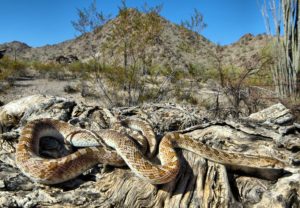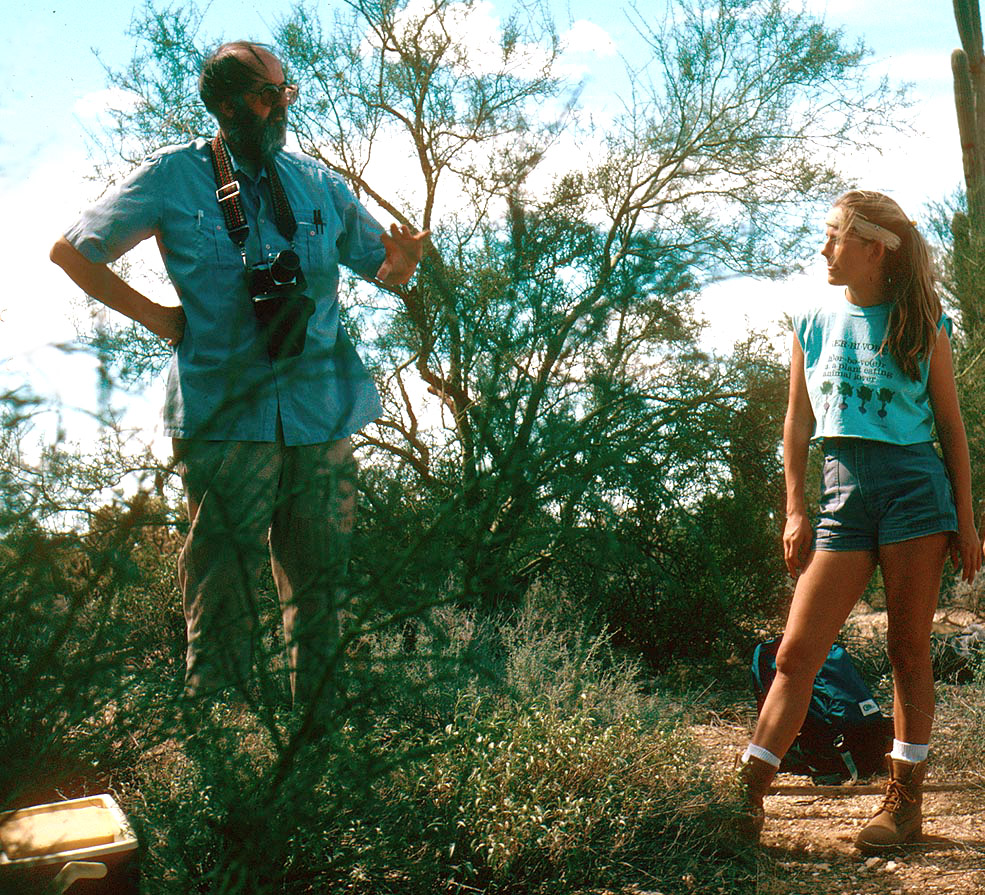
Charles H. Lowe
Herpetology Research Fund
– Español aqui –
The Charles H. Lowe Herpetology Research Fund (the Fund) was established by the Tucson Herpetological Society (THS) to support research that contributes to the conservation of the herpetofauna of the Sonoran Desert region.
This includes Arizona, Sonora, Baja California peninsula, islands in the Gulf of California, southeast California, west Chihuahua, and north Sinaloa. Lowe student Dr. Cecil R. Schwalbe spearheaded the fund in honor of the many contributions to our understanding of herpetology in the Sonoran Desert by Dr. Charles H. Lowe, Jr. (1920-2002). The fund was inaugurated at the Current Research on the Herpetofauna of the Sonoran Desert II conference, April 2002.
The Fund provides much needed financial support to local researchers with the idea that the more we know about our environment, the better prepared we will be to preserve it. It covers the cost of travel, permits, diagnostic tests, field equipment, and even software. Purchased equipment is kept as the property of the THS so that it can benefit multiple projects well into the future.
The Fund operates is open to researchers – students, amateurs, and professionals – regardless of affiliation. The Fund is supported solely by private donations and monies raised by the THS. In particular. We wish to acknowledge Dr. Daniel Beck who generously donated profits from his book, Biology of Gila Monsters and Beaded Lizards to the Fund.
THS is extremely pleased that the Fund has attracted the attention of such well-written and scientifically strong proposals, and we would like to continue to support an even greater number of proposals in the future. We expect that interest in the Fund will increase and we’ll be able to continue supporting exciting and important projects.
Since its inception, the Fund has contributed $19,248 to a variety of important projects (see below).
Application Requirements:
https://tinyurl.com/3khxudn7
Primary Contact, Michael Cardwell
mikecardwell31@gmail.com
Please consider supporting the Fund by visiting our Donate page.
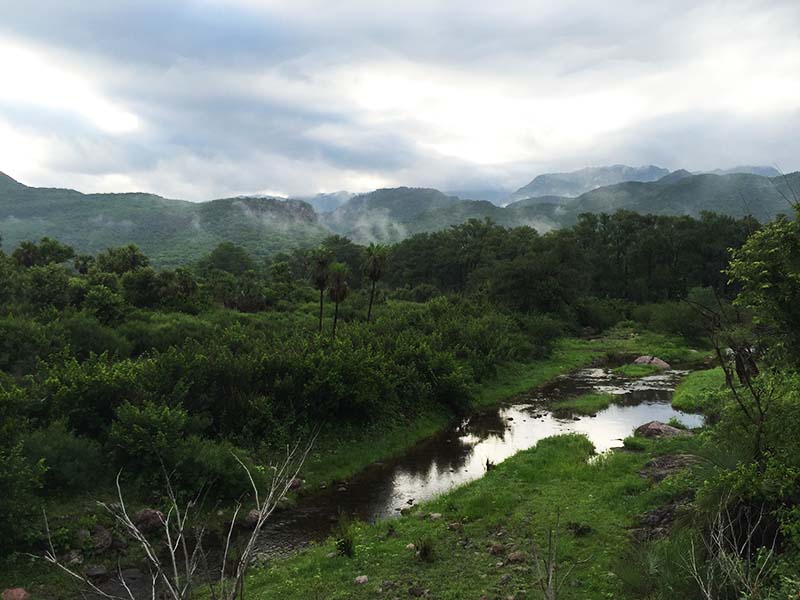
Álamos, Sonora
Funded Projects
2019
Gustavo Arnaud
Northwestern Center for Biological Research,
La Paz, Baja California Sur
Conservation Status of Two Endemic Rattlesnakes
in the Gulf of California
$1000
Of the 47 rattlesnake species described for the genus Crotalus, 42 (89%) are distributed in Mexico, from which 15 species (36%) are found in northwest Mexico. Six are endemic to Gulf of California islands, which have historically suffered from illegal collecting. The effect of illegal collecting on these insular rattlesnake populations is unknown, especially those species found on small islands. This is the case for Crotalus thalassoporus that inhabits Isla El Piojo, and C. polisi on Isla Cabeza de Caballo, both in Bahía de Los Ángeles. These two species (formerly C. mitchelli) were described in 2018. The islands El Piojo and Cabeza de Caballo have surface areas of 79 and 73 Ha, respectively. This study will collect baseline data for population size, prey diversity and abundance, and habitat condition for these new species. The project will also involve inhabitants of nearby Bahía de Los Angeles, to ensure their active participation in the rattlesnakes’ conservation and preventing illegal collecting.
The Fund will grant transportation costs between La Paz and Bahía de Los Ángeles, boat travel to the islands, and an education effort with Bahía de Los Ángeles residents.
Sadie Roth
Texas Tech University, Lubbock TX
Do Water Catchments in the Sonoran Desert
Create Population Sinks?
$469
Land and wildlife managers construct artificial water sources (catchments) in the Sonoran Desert to benefit large mammals, but they attract both target and non-target species including breeding aggregations of anurans. Unlike natural ephemeral water sources, many catchments provide year-round water, often including underground reservoirs. Previous research has shown that water quality in catchments suffer from accumulation of ammonia ions at levels toxic to anurans, as well as harboring the pathogenic chytrid fungus Batrachochytrium dendrobatidis, which has been implicated in a world-wide amphibian die-off. The objective of this study is to determine if Sonoran Desert catchments create population sinks (where mortality rate exceeds reproduction rate) for desert anurans. To accomplish this, water quality, breeding effort, breeding success, and survival of larvae and adult anurans will be compared between man-made catchments and natural water sources.
The Fund grant will be used to purchase iButton temperature loggers.
Regina Spranger
University of California, Santa Cruz CA
Thermal Acclimation Potential of Southwestern Salamanders: An Extinction Risk Assessment Under Climate Change
$1000
An ecophysiological risk model on Ambystoma salamanders, based on water temperatures, larval periods, and temperatures during breeding, predicts a higher risk of extinction for paedomorphic salamander species relative to metamorphic species. This study investigates a factor not assessed in the previous risk model: thermal tolerance plasticity and the capacity for within-generation acclimation in the Ambystoma genus. Metamorphic taxa like Ambystoma experience greater climate variation throughout their life stages, possibly having evolved higher levels of thermal plasticity. The objective of this portion of the larger study is to investigate the thermal capacities of Ambystoma mavortium and A. stebbinsi, to (1) determine if microhabitats exceed dehydration and thermal limits of salamanders, (2) experimentally measure species’ current temperature performance and within-generation acclimation potential, and (3) develop extinction risk models. These data will help to produce an improved extinction risk model for Ambystoma and Dicamptodon salamanders, which will be incorporated into a phylogenetic analysis to assess species extinction risk across North America.
Location of proposed field work: Southern Arizona, and northern Sonora.
The Fund grant will pay for researchers’ travel costs and shipment of specimens back to Santa Cruz, CA.
2018
Jeorge Jimenez-Canale — $600
Herpetofauna Diversity of Famous Hiking and Trekking sites in Hermosillo, Sonora Mexico
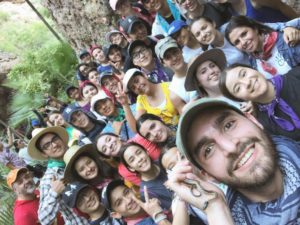
Brian Blais et al. — $600
Rural Road Usage by Herpetofauna of the Southern Sonoran Desert Ecoregion
2016
Rafael Alejandro Lara Resendiz, University of California, Santa Cruz – $600
Thermal ecology and extinction risk of the Flat-tailed Horned Lizard (Phrynosoma mcallii) in the United Sates/Mexico border region.
2015 – No awards
2014 – No awards
2013
Karla Moeller, Arizona State University – $1,000
Dealing with Dehydration: Stress and Immune Response of the Gila Monster across Hydration States.
Diana Zamora Bárcenas, Universidad Nacional Autónoma de Querétero – $1,000
Occurrence of the Fungal Skin Disease, Batrachochytrium dendrobatidis, in Amphibians of Northwestern and Central México.
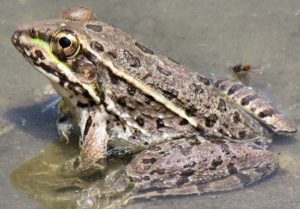
Lowland Leopard Frog
Erin R. Zylstra, University of Arizona – $635
Population dynamics of lowland leopard frogs (Lithobates yavapaiensis) and canyon treefrogs (Hyla arenicolor) in isolated mountain canyons.
2012
Darren Anderson, Tucson – $1,000
Gila Monster, Heloderma suspectum, in a Suburban Environment near a National Park.
Melissa Amarello, Arizona State University – $1,000
The Role of Kin Selection in Rattlesnake Aggregations.
Kevin Bonine and Allison Buchanan, University of Arizona – $1,000
Finding Gila Monster (Heloderma suspectum) Genetic Microsatellites for Use in Studying Population Structure.
2011: No awards
2010
Diana Zamora Barcenas, Universidad Nacional Autónoma de Querétero and
Jim C. Rorabaugh, U.S. Fish and Wildlife Service – $500
Occurrence of the Fungal Skin Disease, Batrachochytrium dendrobatidis, in Amphibians of Northwestern and Central México.
Katherin Marie Gray, University of Arizona – $500
Effects of buffelgrass on Sonoran desert tortoises.
Krystyn Pozarowski and Dr. Hans-Werner Herrmann, University of Arizona – $500
Effects of Fragmentation on Rattlesnake Populations in a Human-dominated Landscape (continuation of previously funded project).
2009
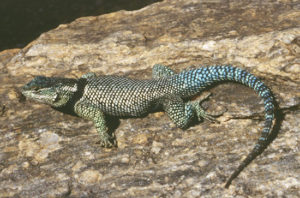
Yarrows Spiny Lizard
Antje Adams,University of Arizona – $500
Genetic Variation of the Yarrows Spiny Lizard (Sceloporus jarrovii) from the Santa Catalina Mountains in Relation to Other Sky Island Populations in Southern Arizona.
Dr. Kevin Bonine, University of Arizona – $500
Phylogeography of the Canyon Treefrog (Hyla arenicolor) in the Rincon and Santa Catalina Mountains, Arizona.
Adrian Munguia-Vega, University of Arizona – $500
Molecular Tracking of Three Species of Lizards in a Fragmented Landscape from Sonoran Desert to Prevent the Extripation and Extinction of Endemic Reptiles from the Baja California Peninsula, Mexico.
Krystyn Pozarowski and Dr. Hans-Werner Herrmann, University of Arizona – $500
Effects of Fragmentation on Rattlesnake Populations in a Human-dominated Landscape.
Dr. Dr. Adrian Quijada-Mascareñas and Dr. Phil Rosen, University of Arizona – $500
For Lowe’s enjoyment: a survey of canyon whiptails in the Gran Desierto Mountains of northern Sonora.
2008
Adrian Munguia-Vega, University of Arizona – $500
Habitat Fragmentation in the Baja California Penninsula and Its Effects on the Genetic Structure of Four Endemic Vertebrates with Constrasting Dispersal Behavior.
Kimberly Baker and Dr. Kevin Bonine, University of Arizona – $500
Thermal Ecology and Disease in Canyon Treefrogs (Hyla arenicolor).
2007
Tara Luckau, University of Arizona – $500
Quantifying Chytridiomycosis Infection of Wild Frogs Using Real-Time Polymerase Chain Reaction.
2006
Dr. Hans-Werner Herrmann and Dr. Phil Rosen, University of Arizona – $500
Freshwater Turtle Conservation Genetics in the Southwest.
Ali M. Rabatsky, University of Louisiana – $500
Rattle Reduction and Vestigialization of Complex Features in Three Rattlesnake Species Endemic to Islands in the Sea of Cortez.
Christine L. Schirmer, University of Arizona – $500
Canyon Treefrog (Hyla arenicolor) Genetic Structure in the Rincon Mountains, Arizona.
2005
Robin Llewellyn, Tucson, Arizona – $500
2005 Herpetological Inventory on the Esperanza Ranch along the Santa Cruz River, near Amado, Santa Cruz County, Arizona.
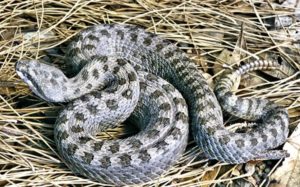
Twin-spotted Rattlesnake
Dave Prival, Tucson, Arizona – $500
Long-term Twin-spotted Rattlesnake Population Monitoring in Arizona’s Chiricahua Mountains.
Erik F. Enderson and Thomas R. Van Devender, Arizona-Sonora Desert Museum – $350
Aerial Photos Used to Assist in Herpetofauna Surveys in Sonora, Mexico.
2004
Melissa Amarello, University of Arizona – $494
Defensive Behavior of Crotalus polystictus (Mexican Lance-headed Rattlesnakes) Toward Human.
2003
Lori Woods, RECON Consultants – $500
Developing Habitat Management Guidelines for Amphibians and Reptiles of the Arid Southwest.
[/vc_column_text][/vc_column][vc_column][/vc_column][/vc_row][vc_row][vc_column][gap size=”50px” id=”” class=”” style=””][/vc_column][/vc_row]

